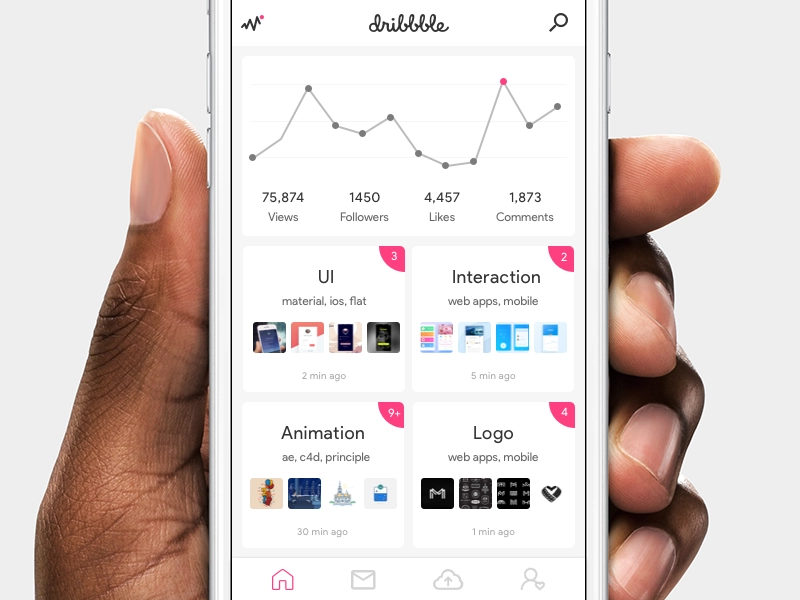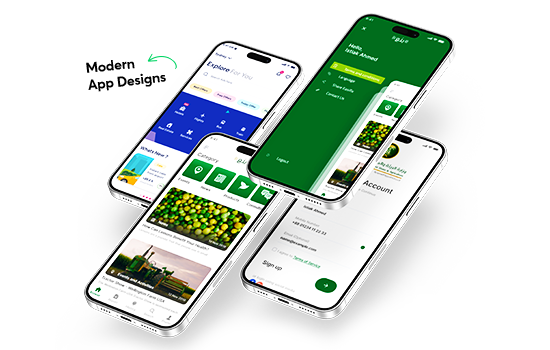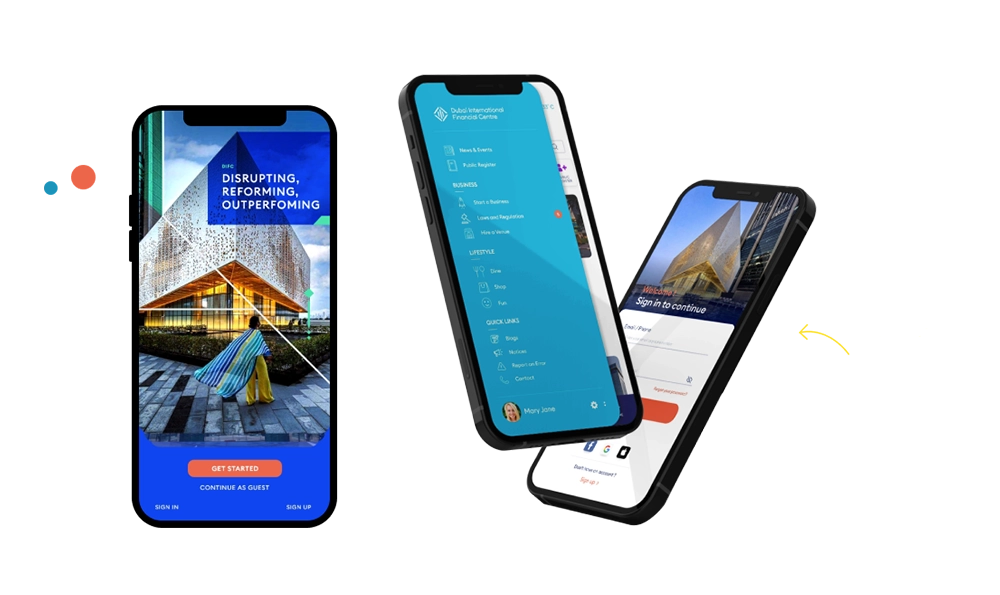In recent years, the world has witnessed a revolutionary breakthrough in the digital space known as Non-Fungible Tokens (NFTs). These unique, indivisible tokens have redefined ownership, provenance, and value representation in the digital realm. NFTs have enabled creators, artists, gamers, and businesses to monetize their digital assets like never before, and their popularity has skyrocketed, drawing attention from all corners of the globe. In this blog, we will explore the fascinating world of NFT development, examining the technology, its applications, and the process of creating NFTs.
- Understanding NFTs
Before diving into NFT development, it’s essential to grasp the concept of NFTs. Unlike traditional cryptocurrencies such as Bitcoin or Ethereum, which are fungible and can be exchanged on a one-to-one basis, NFTs are unique and indivisible digital tokens. Each NFT represents a distinct digital item, be it artwork, music, virtual real estate, collectibles, or even in-game assets. This uniqueness is what gives NFTs their value and has led to an explosion of interest in digital art, gaming, and the metaverse.
- How NFTs Work
At the heart of NFT development lies blockchain technology. NFTs are typically created, managed, and traded on decentralized blockchain networks like Ethereum, Binance Smart Chain, or Flow. Blockchain provides the security, transparency, and immutability needed to guarantee the authenticity and ownership of each NFT.
The process of creating an NFT involves deploying a smart contract, which defines the rules and properties of the NFT. These contracts can be written in various programming languages, such as Solidity for Ethereum or Cadence for Flow. Once the smart contract is deployed, the NFT is minted, and it becomes a unique digital asset with its metadata and ownership history recorded on the blockchain.
- NFT Standards
Several NFT standards have emerged to ensure compatibility and interoperability across different platforms. The most popular and widely used standard is ERC-721, introduced by Ethereum. It defines a set of functions and events for creating, owning, and transferring unique tokens.
Another standard worth mentioning is ERC-1155, which supports both fungible and non-fungible tokens within the same contract. This allows developers to optimize gas costs and increase efficiency by grouping multiple NFTs under a single smart contract.
- NFT Development Process
a. Idea and Conceptualization: The NFT development process begins with a clear idea and vision for the NFT project. Whether it’s a digital artwork platform, a gaming collectible, or a virtual real estate marketplace, defining the concept is crucial.
b. Smart Contract Development: Developing the smart contract involves coding the rules, properties, and functionalities of the NFT. This step requires blockchain developers with expertise in the chosen blockchain platform and programming language.
c. Metadata and Token URI: NFTs are typically associated with metadata that describes the asset’s details, including its title, description, image, and other relevant information. The metadata is stored off-chain and accessed through a unique Token URI linked to each NFT.
d. Token Minting: Once the smart contract and metadata are ready, the NFTs are minted, and their unique tokens are created on the blockchain.
e. Testing: Rigorous testing is essential to ensure the smart contract’s security and proper functionality. This phase involves simulating various scenarios to identify and resolve potential vulnerabilities or bugs.
f. Deployment and Launch: After successful testing, the smart contract is deployed to the chosen blockchain network. The NFT platform is then launched, allowing users to buy, sell, and trade NFTs.
- NFT Use Cases
The applications of NFTs are vast and ever-expanding:
a. Digital Art: NFTs have revolutionized the art world, enabling artists to tokenize and sell their digital creations as unique collectible assets.
b. Gaming: In the gaming industry, NFTs empower players to own and trade in-game assets, fostering a vibrant economy within virtual worlds.
c. Music and Entertainment: Musicians and content creators can tokenize their work, granting fans a unique ownership experience and direct support.
d. Virtual Real Estate: NFTs are used to represent virtual land and property in metaverse platforms, opening up opportunities for virtual real estate development and investment.
e. Collectibles: NFTs have resurrected the digital collectibles market, where users can own unique items, like trading cards and virtual memorabilia.
- NFT Challenges and Future Developments
Despite the exponential growth of NFTs, several challenges persist. Some of these include environmental concerns due to the energy-intensive nature of certain blockchain networks, issues related to copyright and plagiarism, and market saturation.
To address these challenges, the development of more eco-friendly blockchain networks, enhanced intellectual property protection mechanisms, and improved scalability solutions are being explored.
Conclusion
The rise of NFTs has opened up a new world of possibilities for creators, artists, gamers, and businesses alike. NFTs have revolutionized the way we perceive and monetize digital assets, ushering in a new era of ownership and value representation on the blockchain. As the technology continues to evolve, NFT development will play a vital role in shaping the future of the digital economy and the metaverse, creating boundless opportunities for innovation and creativity.





